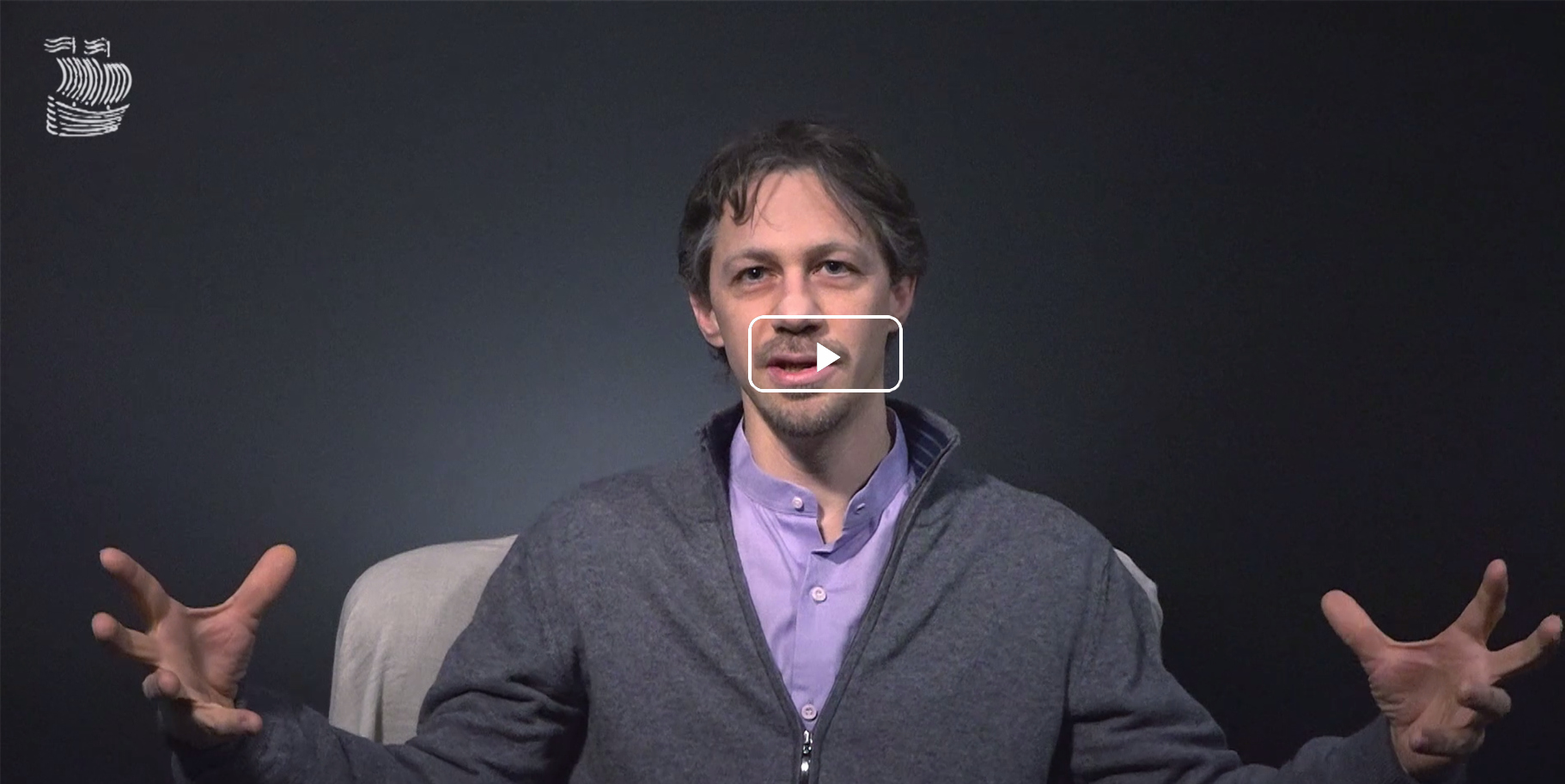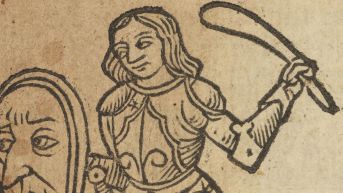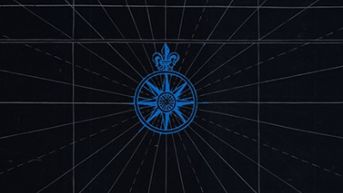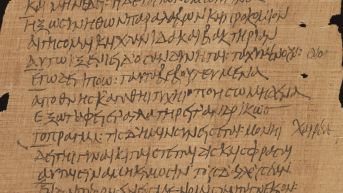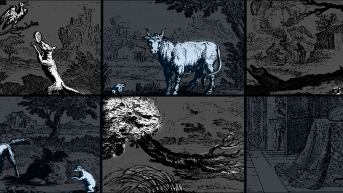Faust
Martin Bodmer’s admiration for Goethe
led him to acquire innumerable documents related to Faust
The story of Faust persists as one of the great myths of our modernity. Not content with any limitation on human knowledge, this savant—this man, thirsting to live every experience, to see everything, to know everything—this daring man who does not hesitate to enter into a pact with the devil, is undoubtedly the incarnation of modern man’s permanent temptation: omnipotence, beyond good and evil.
Although the story of Doctor Faust dates back to the 16th century, it was Goethe who truly brought it to the fore. Published in 1808 and 1832 respectively, his two versions of Faust were the fruit of several decades of work. Faust possessed the power to inspire a deep fascination in its readers and European culture proved primed to receive it. A tide of Faust adaptations, rewritings, musical pieces and visual art sprang up, confirming that Goethe had elevated the story to the status of myth.
Martin Bodmer was powerfully struck by this sense of fascination: Goethe’s Faust became for him the object a passion so powerful that he decided to collect each and every avatar of the text, going on to collect more than 600 versions of Goethe’s Faust alone!
Roughly half were in German, with the other half counting representatives from every language imaginable. Here one finds, side by side, books written in some forty languages, books in all formats, from the most modest to the most opulent editions, all accompanied by a staggeringly wide array of illustrations.
Such a grouping, the only one of its kinds, makes it possible to have, all in one place, a cartography of the text’s global transmission, and also its application in a given cultural space: the holdings include, for example, 83 different Fausts in French, from 30 different translators, and 66 in English, from 43 translators. The roughly 2,000 images contained in these volumes provide access to rich and diverse visual world that sprung up in the margins of the master-text that is Goethe’s Faust.
Christophe Imperiali
Université de Berne
Fondation Martin Bodmer
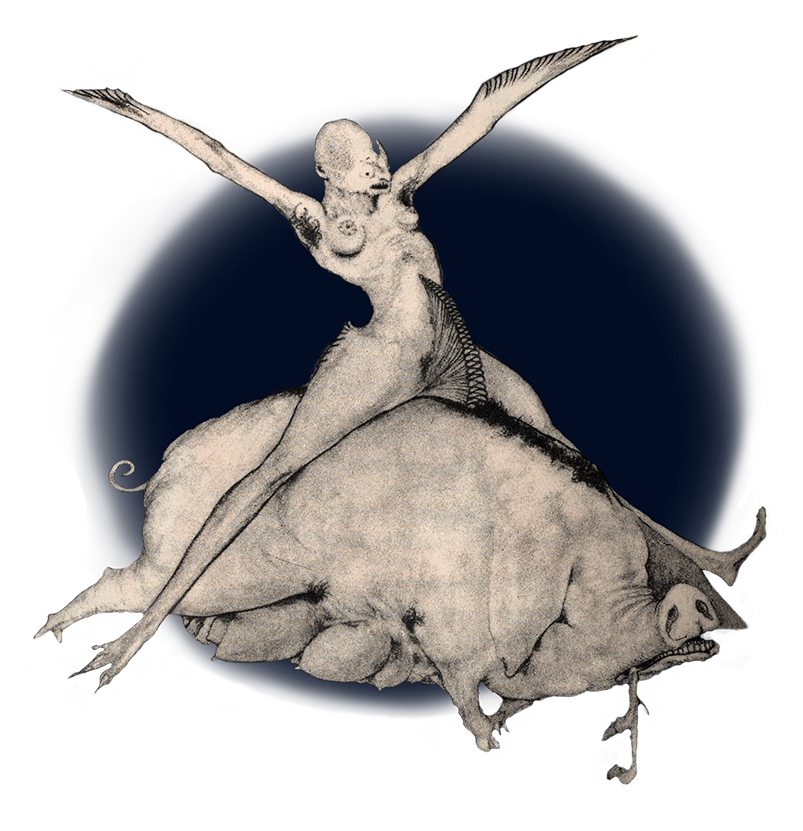
The Devil and the Good Lord
Religiosity permeates Goethe’s Faust, but in such a way that makes it difficult to squarely assign it a Christian perspective. Over the succession of different translations and especially the illustration cycles, vastly different ways of treating Faust’s Christian motifs emerge.
Faust's Protagonist
G iven Goethe’s choice of title, it might seem obvious that the central character is Faust himself. However, the history of the text’s French reception shows that was neither obvious nor inevitable. Read
One Faust or Two?
What does it mean to speak of “Goethe’s Faust?” The title poses a problem of ambiguity, since there are actually (at least) two books by Goethe called Faust. Read


